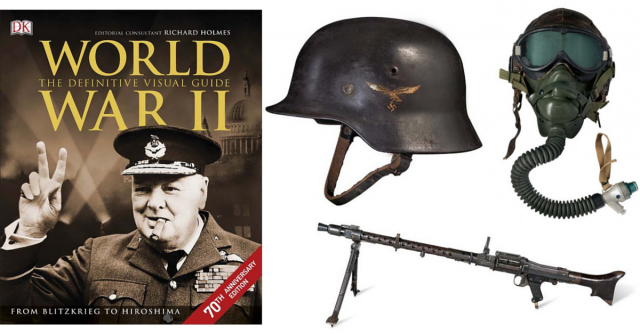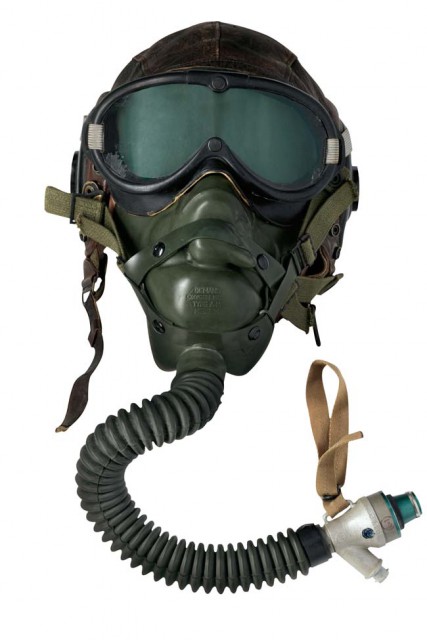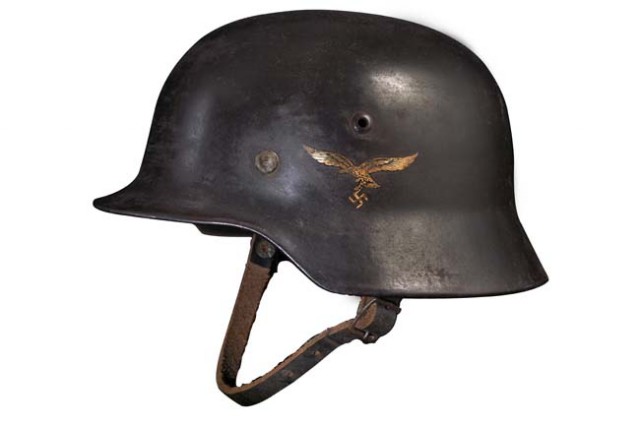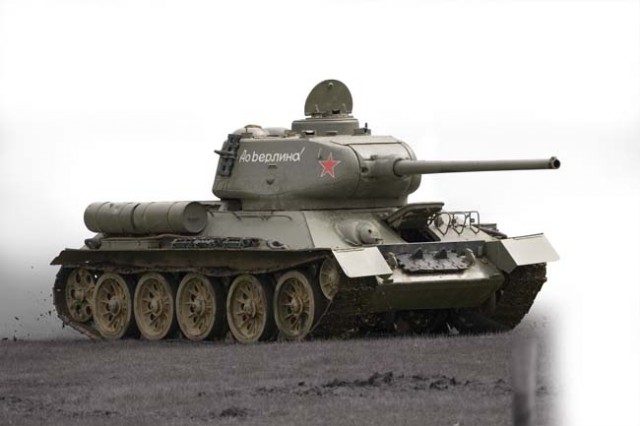This book is re-released in time for the 70th anniversary of the end of the war. It was overseen by the late Richard Holmes; the guvnor, who passed away in 2011.
His television programmes propelled me into the joys of battlefield touring and his wonderful books remain some of my most treasured favourites.
I felt bound to revisit my review of the World War One book that goes with this title. I said then that my association with DK books goes back to the days of the Phantom Menaceand the Titanic. My son loved these books and they all survive in our house awaiting an advance in years by my great-nephew, Jack, who I know will like them, too.
So what about this one? Right from a growling Churchill and his V–sign on the cover, it has all the standard style and formula we know from the publisher and with Prof Holmes behind it there is nothing to worry about its authority. I have to say the conflict has been covered with a breadth and an equality that takes us over all fronts and significant events while also finding space to explain not just why the war started but also what impact it had on the future we live with today. It reminds me in many respects of the classic Purnell part work I collected as a young chap, but Prof Holmes and his team achieve in a single volume what the part work took ten or more to cover. Contributors include Charles Messenger, a prolific writer whose talks are always a hoot; Jonathan Bastable; Robin Cross and Ann Kramer.
Compared to the WW1 book, I have to say this one is altogether busier and this does impact on the effect. To be fair this volume has to get a good deal more war in it and I think, on balance, that this is achieved with dexterity. Because it has so much more to do there is a marked loss of impact in many of the illustrations however carefully they were chosen and many of the trademark DK detailed images almost vanish in the melée. I wouldn’t say this has a seriously negative impact on the finished article, but it doesn’t quite feel like a DK book as a result.
There are many pluses and one of the simplest is practically the first thing we see. I really liked the endpapers showing the faces of many of the ordinary people who fought in the war.They have something deeply real and personal about them snaps of armaments and combat scenes do not convey. The text is as good as ever and the writers do not pull any punches.
Despite being the earlier of the two I would say this volume compliments the WW1 book rather than the other way round. The fact I have repeated this point shows that I prefer the Great War book from the two of them. It remains true, however, that I would make this book required reading for quite a few people I know including one person who did not know which world war the Holocaust took place in!
Books like this perform a number of services and for me the best is encouraging younger people to explore their history more. Henry Ford has been misquoted a fair few times but he actually told the Chicago Tribune “History is more or less bunk. It’s tradition. We don’t want tradition. We want to live in the present, and the only history that is worth a tinker’s damn is the history that we make today.”
I don’t know about that. I prefer to believe history does matter and we must always learn from it even during the best of times.
Unfortunately whether it is geopolitics or even the mundane world of your 9 to 5, there will always be someone in authority ready to ignore important lessons and either they or more often, you, will get bitten on the arse. A book like this offers World War II in a bitesize format and there is enough here for even the most resistant scholar to take something away for their future.
Colourful and fast paced it may be, but the awful realities of a war that spread across our planet killing tens of millions are really quite obvious and the winners and losers are made a little more accessible to us thanks to this big lump of a book. Convinced students will enjoy it and find both the timelines and the almost app-like qualities of some sections really attractive.
Re-issuing the book was a bit of a no brainer and I don’t have any hesitation in recommending it. The overall package doesn’t really have much of a feel of the brilliance of Richard Holmes, but I trust he was content with it. To call it the definitive visual guideis just an example of astute marketing, but if you think you can find a better book doing all this stuff in this format then I would really like to know about it.
Reviewed by Mark Barnes for War History Online
WORLD WAR II
From Blitzkrieg to Hiroshima
The Definitive Visual Guide
70th Anniversary Edition
Editorial Consultant Richard Holmes
Dorling Kindersley
ISBN: 978 0 24118 418 9





